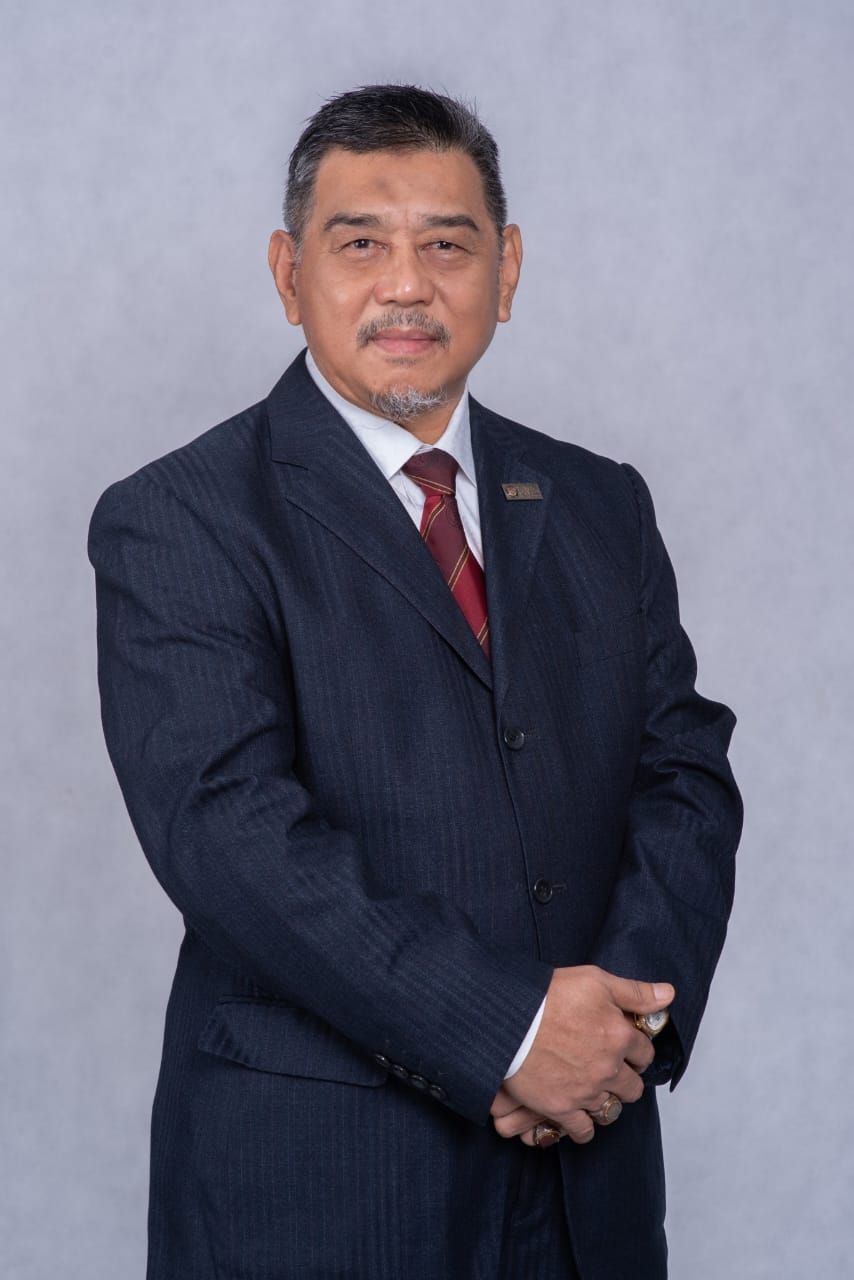 Pihak Universiti Malaysia Sabah (UMS) mengambil maklum berkaitan satu laporan dari akhbar tempatan berkaitan kesukaran Crisnanalina Jumis, 20, yang berasal dari Kg. Dalamas, Paitan, Sabah yang menghadapi kesukaran untuk membayar yuran pendaftaran ke UMS.
Pihak Universiti Malaysia Sabah (UMS) mengambil maklum berkaitan satu laporan dari akhbar tempatan berkaitan kesukaran Crisnanalina Jumis, 20, yang berasal dari Kg. Dalamas, Paitan, Sabah yang menghadapi kesukaran untuk membayar yuran pendaftaran ke UMS.
Naib Canselor UMS, Prof. Datuk Dr. Kasim Hj. Mansor dalam satu kenyataan memaklumkan, beliau telah mengarahkan Bahagian Kebajikan dan Kewangan Pelajar, Jabatan Hal Ehwal Pelajar UMS untuk berhubung dengan pelajar tersebut bagi memudahkan urusan pendaftaran kemasukan ke universiti.
“UMS amat prihatin terhadap isu kesukaran dari segi kewangan yang dialami oleh Crisnanalina, justeru kita akan pastikan beliau akan menerima bantuan secukupnya apabila mendaftar ke universiti ini nanti.
“Pihak Bahagian Kebajikan dan Kewangan Pelajar juga akan memastikan bantuan terhadap keperluan beliau apabila berada di kampus, selain membantu pelajar berkenaan membuat permohonan bantuan kewangan yang berkaitan,” katanya.
Mengulas lanjut, Kasim berkata Crisnanalina mahupun mana-mana pelajar baharu UMS tidak perlu khuatir tentang pembayaran yuran pendaftaran universiti, kerana pihak universiti telah melaksanakan pelbagai inisiatif termasuk kemudahan penangguhan yuran pendaftaran universiti bagi memastikan pelajar dapat menyelesaikan urusan pendaftaran tanpa perlu bimbang berkenaan masalah kewangan.
“Selain itu, pihak universiti juga turut menyediakan pelbagai bentuk bantuan yang boleh dimohon oleh pelajar khususnya yang kurang berkemampuan seperti bantuan kewangan (MyCare), bakul makanan dan sumbangan zakat.
“Bahagian Kebajikan dan Kewangan Pelajar khususnya juga bersedia membantu para pelajar untuk membuat permohonan bantuan kewangan pendidikan seperti Perbadanan Tabung Pendidikan Tinggi Nasional (PTPTN), serta permohonan biasiswa seperti Biasiswa Kerajaan Negeri, Yayasan Sabah, Biasiswa MARA, dan sebagainya,” katanya.
Ujar Kasim, inisiatif yang dilaksanakan adalah usaha UMS dalam mengutamakan kebajikan pelajar agar dapat melanjutkan pengajian di peringkat tertinggi walaupun daripada pelbagai latar belakang ekonomi.
Bagi sebarang maklumat berkaitan bantuan kebajikan boleh berhubung dengan Bahagian Kebajikan dan Kewangan Pelajar, Jabatan Hal Ehwal Pelajar UMS di talian 088-320 060 atau emel Alamat emel ini dilindungi dari Spambot. Anda perlu hidupkan JavaScript untuk melihatnya.


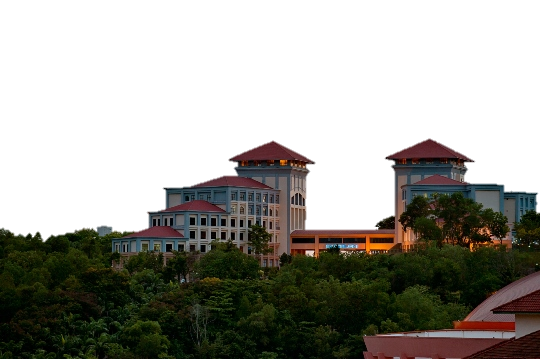
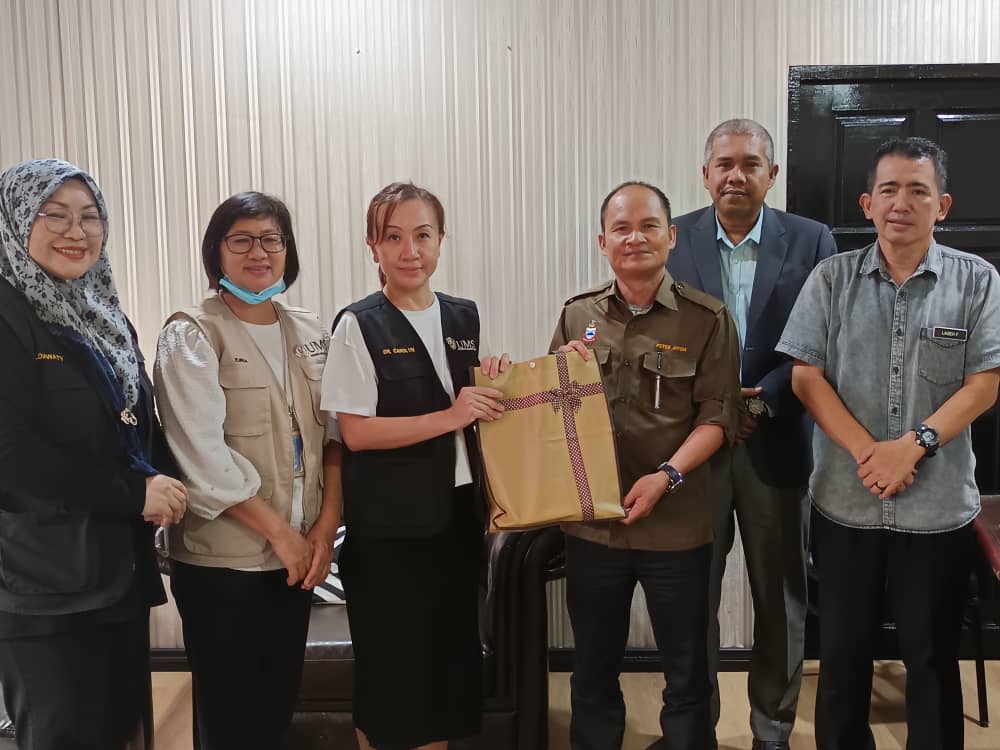 Pusat Kajian Bencana Alam (NDRC) Universiti Malaysia Sabah (UMS) memperkukuh kerjasama dengan pihak berkuasa tempatan dalam pengurusan bencana dengan mengadakan kunjungan hormat ke Pejabat Daerah Kota Belud, baru-baru ini.
Pusat Kajian Bencana Alam (NDRC) Universiti Malaysia Sabah (UMS) memperkukuh kerjasama dengan pihak berkuasa tempatan dalam pengurusan bencana dengan mengadakan kunjungan hormat ke Pejabat Daerah Kota Belud, baru-baru ini.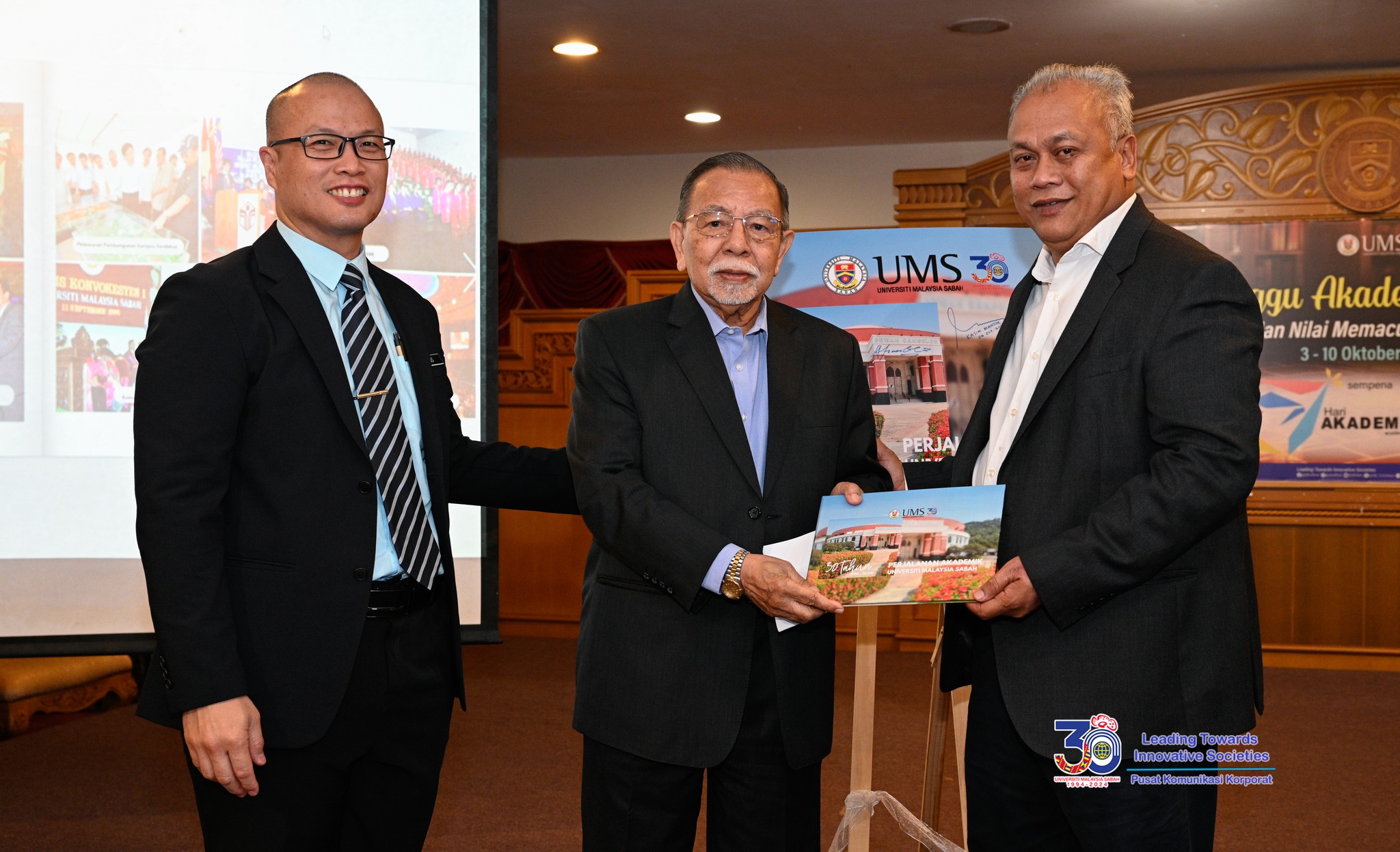 Sistem kurikulum perlu sentiasa dirombak dari semasa ke semasa bagi memenuhi keperluan dunia yang berteraskan teknologi pada hari ini.
Sistem kurikulum perlu sentiasa dirombak dari semasa ke semasa bagi memenuhi keperluan dunia yang berteraskan teknologi pada hari ini.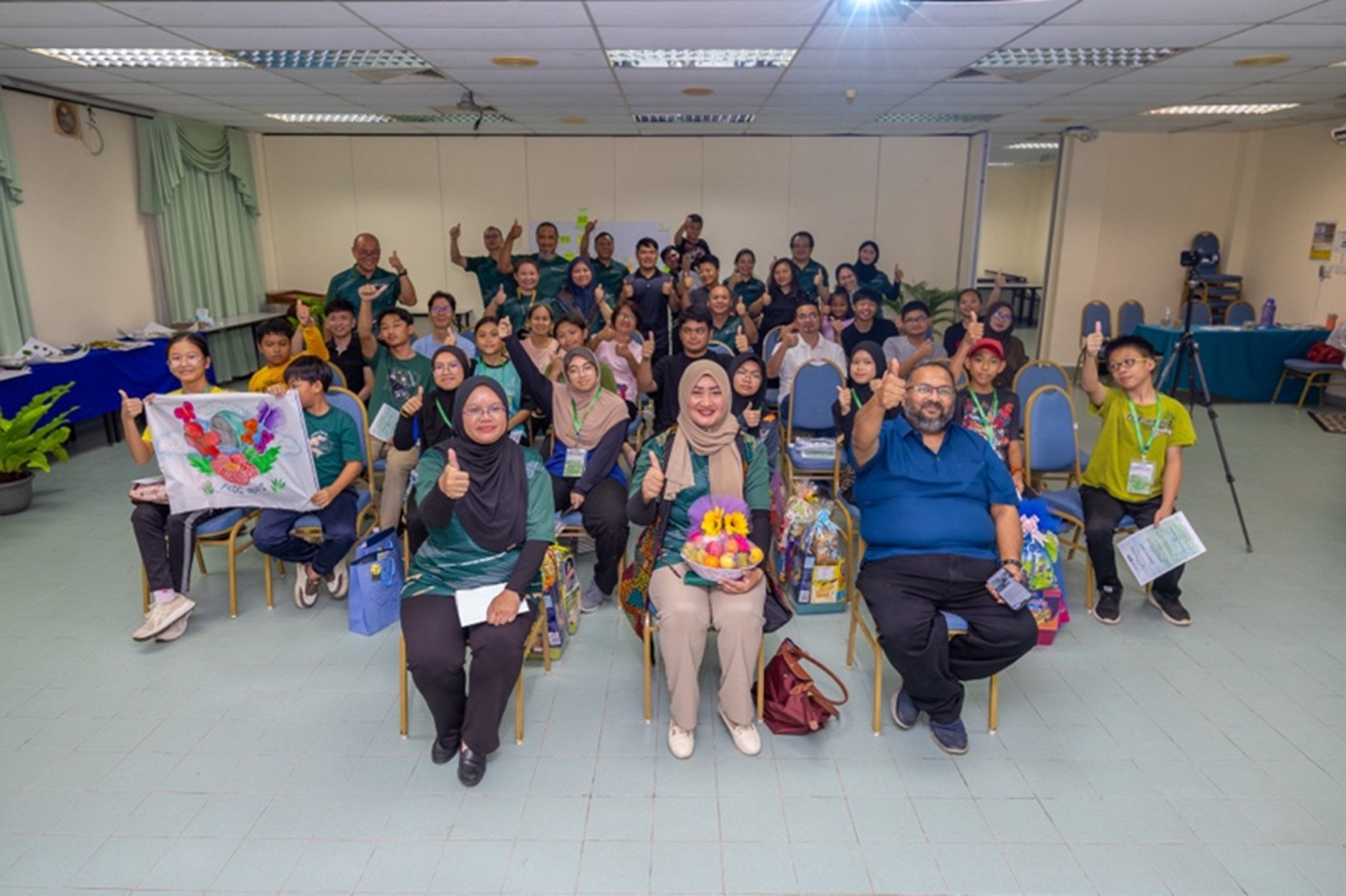 Program Rakan BORNEENSIS 2024 anjuran Institut Biologi Tropika dan Pemuliharaan (IBTP), Universiti Malaysia Sabah (UMS) baru-baru ini merupakan usaha berterusan institut tersebut dalam memupuk usaha kelestarian alam sekitar khususnya dalam kalangan generasi muda.
Program Rakan BORNEENSIS 2024 anjuran Institut Biologi Tropika dan Pemuliharaan (IBTP), Universiti Malaysia Sabah (UMS) baru-baru ini merupakan usaha berterusan institut tersebut dalam memupuk usaha kelestarian alam sekitar khususnya dalam kalangan generasi muda. Universiti Malaysia Sabah (UMS) merupakan institusi pengajian tinggi yang bertanggungjawab melahirkan modal insan yang berkualiti di Sabah.
Universiti Malaysia Sabah (UMS) merupakan institusi pengajian tinggi yang bertanggungjawab melahirkan modal insan yang berkualiti di Sabah.